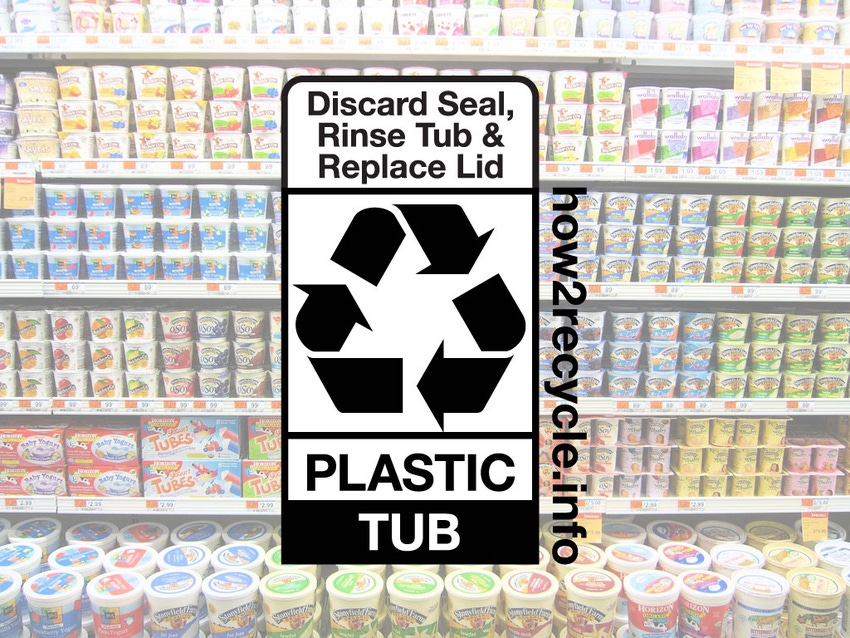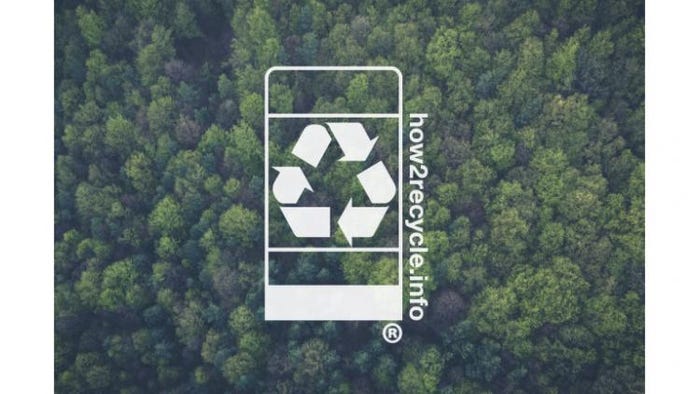How2Recycle sharpens its gaze on packaging recyclability
August 11, 2016

This year, the precision of on-package recycling claims is advancing in the United States, as the How2Recycle label will now reflect critical insights gained from Sustainable Packaging Coalition’s landmark 2015-6 Centralized Availability of Recycling Study. The high-quality data in this study around the availability of recycling for certain packaging types will provide an authoritative foundation for How2Recycle’s recyclability assessments that sit behind each on-package label.
The Federal Trade Commission (FTC) tells companies they can’t make unqualified recycling claims on their packaging if the majority of Americans can’t recycle a package. The How2Recycle label was designed in 2012 to reflect the FTC’s specific guidance around these issues; as a result, our recyclability categories Widely Recycled, Check Locally, Not Yet Recycled and Store Drop-off capture different degrees of availability, or access to recycling, for certain packaging types.
So what does our new availability of recycling data mean for How2Recycle? It means polypropylene (PP), metal aerosols, rigid low-density polyethylene (LDPE) and some polyethylene terephthalate (PET) thermoforms are moving up to the Widely Recycled category for How2Recycle, from our Check Locally category. This great news for these materials; the fact that more Americans are able to recycle these packaging types at curbside or drop-off means that certain barriers to recycling are diminishing. The more that the public is able to see the How2Recycle Widely Recycled label, the more material there will be to turn a waste stream into a supply chain.
But availability to recycling isn’t the only factor that How2Recycle analyzes; we also look to whether or not a package is likely to be sorted correctly at material recovery facilities, as well as reprocessed effectively. What that means for How2Recycle is that our recycling labels don’t just convey whether the material a package is made out of has a certain availability percentage: We holistically look at the entire package and analyze how the components fit and interact with one another. We pay attention to things like attachments, additives and closures to scrutinize how they’ll behave in the recycling stream. We also contemplate the consumer experience of using and disposing a package when we decide how to layout each specific label. As the next generation recycling label, and the only national recyclability communication tool designed for consumers, How2Recycle is about more than just access to recycling.
Take the following example: Now, the majority of Americans have access to recycling programs that collect PET thermoforms. However, PET thermoforms that have paper labels on them encounter challenges in reprocessing. The APR Design Guide explains how paper labels cause a significant load on the filtering and water treatment systems in the PET reclamation process. Specifically, “Individual paper fibers making up pulp are very small and difficult to remove, so some travel with the PET. Paper fibers remaining in the RPET carbonize when the material is heated and remelted, causing unacceptable quality degradation.”
For this reason, How2Recycle will leave PET thermoforms with paper labels at Check Locally—unless the PET thermoform has a specific paper label with the appropriate ink and adhesive that the Assn. of Plastic Recyclers deems compatible with reprocessing. This is illustrative of how labels, inks and adhesives on plastic is one area that How2Recycle will begin to approach in a more nuanced way.

As part of this increased consciousness of what happens to material after it’s collected, we continue to strengthen our existing collaborations within the industry: Assn. of Plastic Recyclers, Recycled Paperboard Alliance, Foodservice Packaging Institute and The Recycling Partnership are all key collaborators that help How2Recycle build its analytical vigor. Together, we can identify areas ripe for intervention when it comes to communicating recyclability.
How2Recycle carries other strategic benefits that compliment this goal of increasing the quality and quantity of recycled materials—our label helps improve packaging design for recyclability. How2Recycle members told us this year in a survey that being a member of the program helps spark internal conversation at their companies about recyclability, and broadens their perspective on material and design choices in packaging. For some members, the How2Recycle label provides a specific path to innovate packaging design.
As an industry we need to collectively commit to communicating accurate and consistent on-package recycling claims, expand quality access to recycling and prioritize designing packaging for recyclability. Given the promising news that SPC’s study unveils, we have good reason to believe we will continue onward and upward.

Kelly Cramer, senior manager at Sustainable Packaging Coalition, leads the How2Recycle program.
About the Author(s)
You May Also Like


